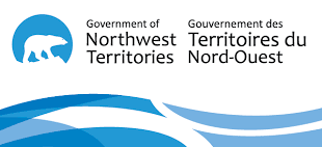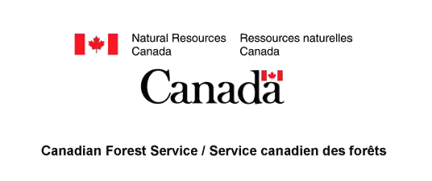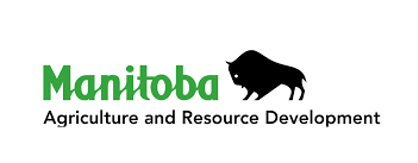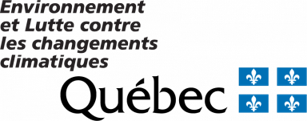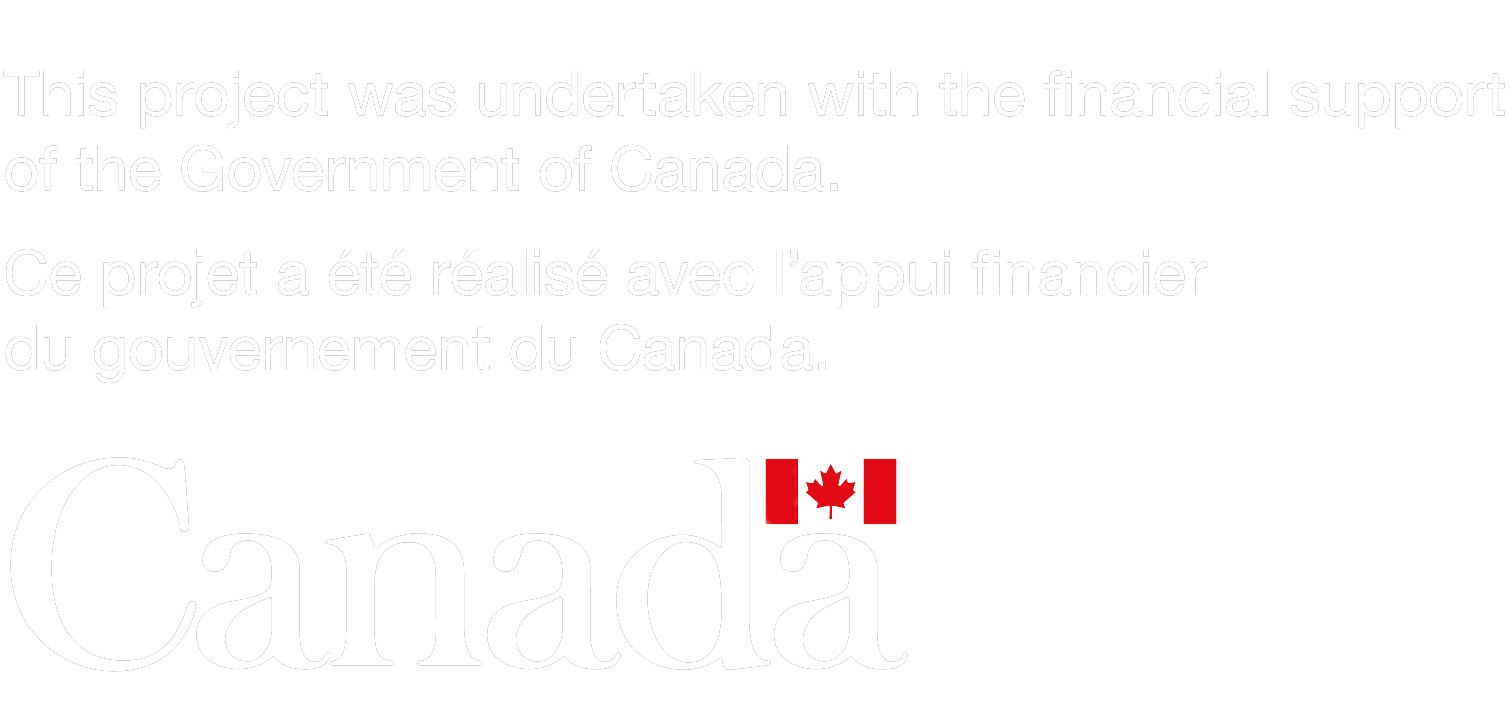Title: A survey of invasive plants on grassland soil microbial communities and ecosystem services
Citation: Bell, J., Siciliano, S., & Lamb, E. (2020). Data from: A survey of invasive plants on grassland soil microbial communities and ecosystem services [Data set]. Dryad. http://datadryad.org/stash/dataset/doi:10.5061/dryad.1ns1rn8q7
Study Site: Rough Fescue prairie, Saskatoon, Saskatchewan, Canada
Purpose: Invasive plants can cause changes in structure and function of the ecosystem undergoing invasion. Any changes in ecosystem diversity and community composition will likely alter ecosystem services provided by that ecosystem. However, how these ecosystem services may change is poorly understood. To elucidate how these ecosystem services will change with invasion, we sampled 561 plots undergoing invasion by smooth brome (Bromus inermis) and four other invasive species at a native Rough Fescue prairie located near Saskatoon, Saskatchewan, Canada. This is a large and multifaceted dataset with complex temporal and spatial attributes that can be used to answer numerous questions regarding the functioning of prairie ecosystems and how invasive species will impact that functioning.
Abstract: Soil and plant surveys were undertaken weekly for 26 weeks beginning in May in 2014 until November 2014, or the growing season. We measured a suite of ecosystem services, including greenhouse gasses, extracellular enzyme function, forage production, glyphosate degradation and decomposition. Furthermore, soil physical and chemical properties were measured, and soil bacterial and fungal communities were sequenced.
Supplemental Information Summary:
Research:
Further Info: Bell, Jennifer K.; Siciliano, Steven D.; Lamb, Eric G. (2020), A survey of invasive plants on grassland soil microbial communities and ecosystem services, Scientific Data, Article-journal, https://doi.org/10.1038/s41597-020-0422-x
Status: Complete
Keywords:
vegetation,
methane,
peat properties,
nitrous oxide,
carbon dioxide,
Invasive species,
Soil communities,
wetlands,
Geographical coordinates: North: 51.666670, South: 51.666670 East: -106.550000 West: -106.550000
Bounding Temporal Extent: Start Date: 2014-01-01, End
Date: 2014-11-30


